-
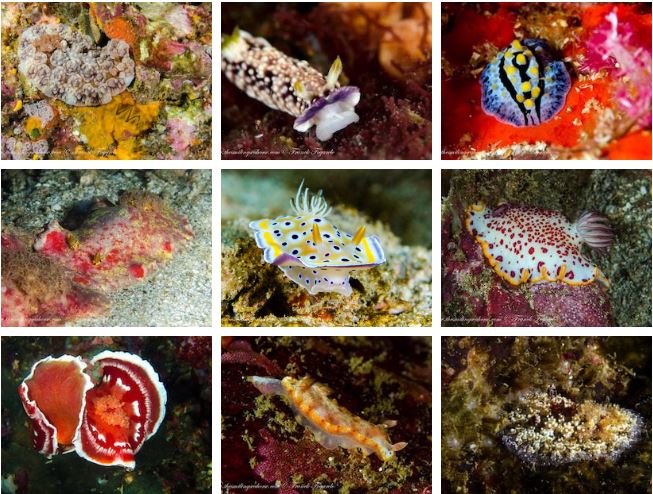
Nudis3
Nudibranchs of Myanmar -
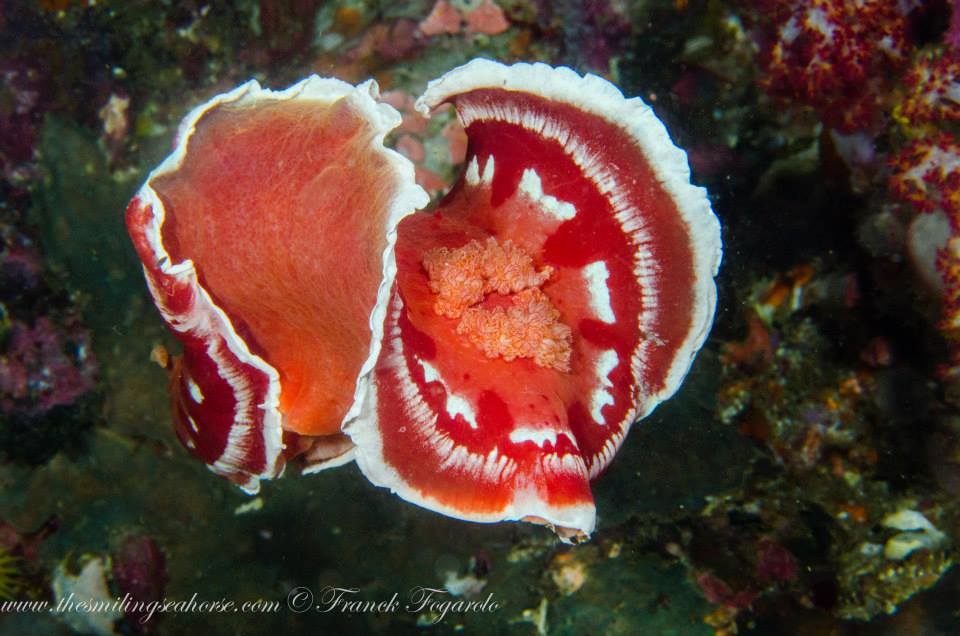
4248345-orig_orig
-
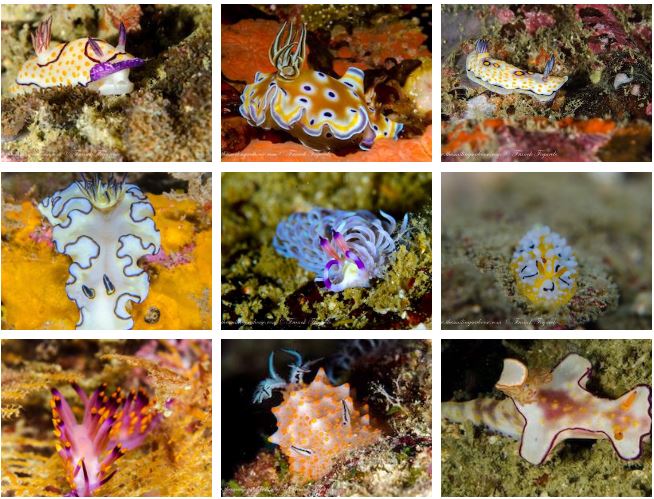
Nudis2
Sea slugs, Nudibranchs in Burma
Welcome to the vibrant world of nudibranchs
For me nudi-hunting is like collecting stamps...
You always want to find new ones for your private collection.
What exactly is a nudibranch?
These “sea slugs” are hermaphroditic which means that each individual has both female and male reproductive organs on the right side of their body. They can lay up to 25,000 eggs at a time in a mucous ribbon-like formation that will take roughly a week to hatch. Because they have both male and female sexual organs, a pair can inseminate each others so that you have two pregnancies instead of one. However nudis still need to find a mate. They cannot impregnate themselves!
Nudibranchs are carnivorous and love to eat sponge, hydroids, algae, coral, anemones and even other nudibranchs. They can be found mostly in shallow reefs in warm salt water, but there are some species that live in deeper or cold waters and some can even survive the lower salinity of brackish water. They are found in great abundance at any of the dive sites of the Mergui Archipelago in Burma.
What is so special about nudibranchs?
How do you identify a nudibranch?
Using their scientific names is the best way to accurately identify nudibranchs even if it can be a bit of a mouthful. Taxonomy is the way we classify living things in biology and it is an intricate science. Basically speaking, plants and animals are divided into family trees that get more specific as you travel downwards eventually allowing you to name individuals.
Doridoida, Aeolida, Dendronotida and Euarminida. The most common families are "Aeolids" and "Dorids" which each have specific identifiable features.
Dorids all have a distinguishable branchial plume on their back end which they use to breathe. Their mantles are often smoother and more regular shaped than Aeolids which are typically much spikier.
nudibranchs are covered in appendages called cerata which increase surface area for gas exchange and also can be used to display ingested chemicals or stinging cells for defence.
What kind of nudibranchs can we find in the Mergui Archipelago?
A selection of the prettiest Nudis we found in Myanmar...
Tags:
-
-
-
-
-
dive in Burmascubadive
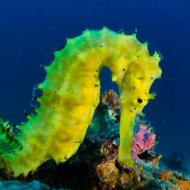
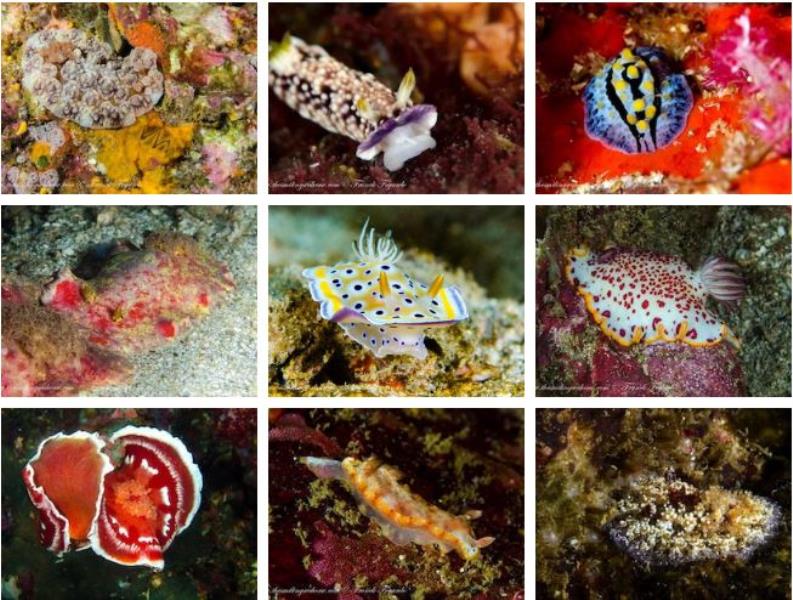
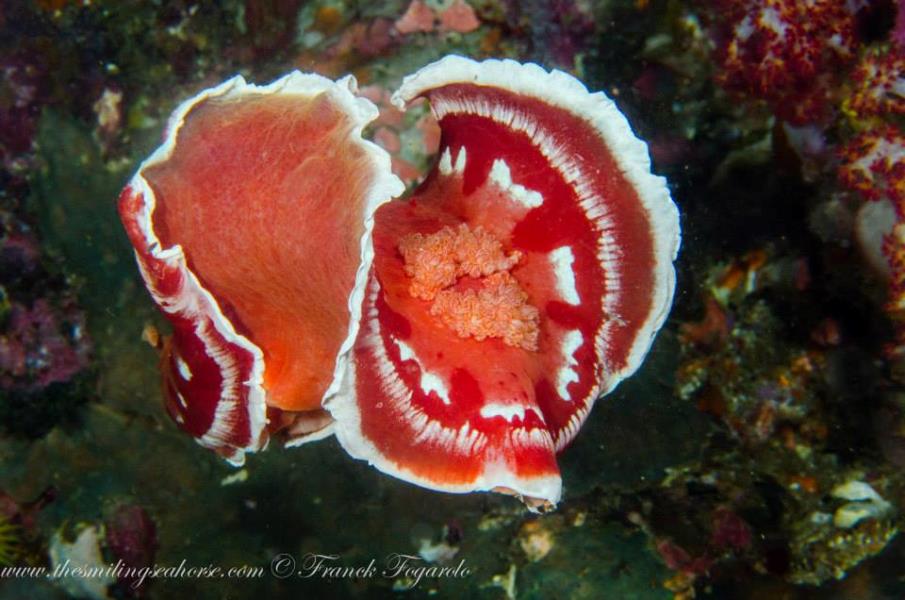
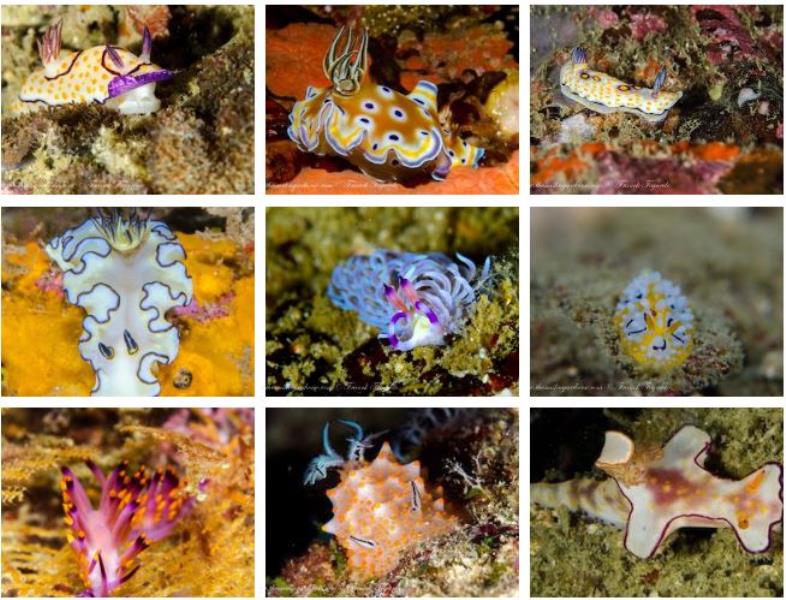

Load more comments